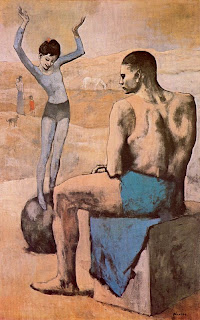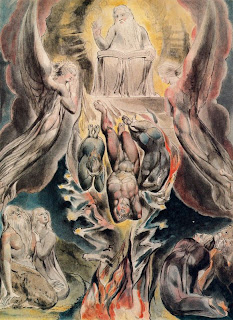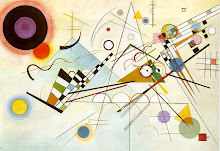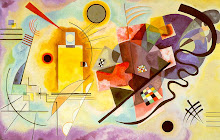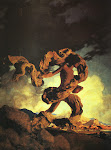Boy with a Pipe
1905
Pablo Picasso was a major force in 20th century art (though I still think he's not quite as important as Kandinsky). I decided to pluck out one of his periods and paste it here for your glistening eyes: Rose Period. Also, by pure chance, all of the paintings I chose are from 1905. Strange coincidence. It's a beautiful period in Picasso's life, but also one that reflects a deep sadness through his characters' features. And, interestingly, in all of the paintings below the people look away from one another, which perhaps exposes Picasso's feelings of disconnect from the people around him. Maybe I'm over-analyzing it ... What else is there to say?
Happy New Year Everyone!
Clown and Young Acrobat
1905
Acrobat on a Ball
1905
Acrobat and Young Harlequin
1905


